|
Dante S scored hefty totals of 12 and 17 Caspian Gulls at Rainham Tip on Tuesday and Wednesday respectively – both exceptionally high counts for this site, with the latter in fact comfortably beating the previous record single-site count (of 13) from the London area. With Thursday morning free, I met up with Dante and we headed over to Rainham for 8 am. It was a grey morning with bouts of drizzle and a strong southerly wind that was gusting up to gale force at times for a couple of hours around lunchtime – not exactly optimal for viewing along the exposed riverside footpath towards Coldharbour Point. Nonetheless the Casps soon started flowing with a flyover first-winter quickly followed by three more on the river itself, including a particularly fine bird with moulted coverts and tertials on the rocks by Coldharbour Point lighthouse, pictured below. The setup is currently pretty good at Rainham. Veolia are currently actively tipping on the river side of the landfill site, which means the birds are more inclined to wash and loaf on the river. While the tip face is a tad distant to view from the riverside footpath, the views are generally pretty good when they come down to the river itself, usually just to the east of Coldharbour Point. At low tide, there are usually a few birds along the foreshore as far as Aveley Bay, with a roost of up to a few hundred birds just west of the lighthouse. Add the fact that there is plenty of turnover as birds commute between the tip and river and it's reasonable to assume that you'll be getting views of a good proportion of the birds present if you're willing to give it long enough. It's worth pointing out that numbers are by far best on weekdays, with Saturday mornings much quieter and Sunday more or a less a write off. Our Caspian Gull total steadily rose throughout the morning and we were in double figures by lunchtime, despite the odd half-hour lull where few birds were using the river. In the afternoon were joined by Rainham stalwart Andy Tweed, with the three of us ensuring good coverage of the large numbers of birds commuting between the river and tip face as the afternoon wore on. I don't think we were missing any birds that came down on the river itself, but of course it's always difficult to gauge just how what percentage of the birds you've looked through – bear in mind that we were still seeing new Herring and Lesser Black-backed Gulls by the time we left (recognised by distinctive stains, plumage etc). When Dante picked out a smart second-winter on the river a little after 3 pm, it signalled the end of a memorable session. Our final total of 19 individuals was very much conservative. We managed some sort of record shot of at least 12 of these birds, with detailed plumage and structural notes taken for the remainder. Some individuals were definitely seen more than one, while we also had sightings of birds which may (or may not) have been different that ultimately did not count towards the final total. The breakdown was as follows: 13+ first-winters, two second-winters, two third-winters (both birds seen on our trip the previous week), a fourth-winter and an adult. A few terrible phonescoped shots of some of the birds follow in a slideshow ... I'm not sure what the British record single-site count is for Caspian Gull (there was a report of 23 from Rufforth, North Yorkshire, a few winters ago, but I'm not sure if this was ever verified), but surely 19 must one of the highest ever made? Answers on a postcard please.
As for Rainham ... well, this is something of a renaissance for a site that Dominic Mitchell has occasionally mourned as nigh on finished while talking gulls in the Birdwatch-BirdGuides office in recent months. In the three chastening days Dante spent on the riverside footpath, he notched up a minimum of 28 different Casps (again conservative, with the figure more likely at 30+), which suggests that a day count exceeding 20 is comfortably within the realms of possibility if the stars align. Perhaps there's life in the old dog yet – as long as birders keep chucking their food waste in the general household bins, there'll be at least some food going into landfill for the gulls!
2 Comments
I didn't see the well-watched Caspian Gull at Eagle Pond, Snaresbrook, last winter, so was pleased to hear that Jamie Partridge had picked it up again on Sunday. I went over to see it at lunchtime today, meeting Jamie there, who'd helpfully brought a couple of loaves with him.
The structure and demeanour of this bird looks identical to a first-winter that spent winter 15/16 at nearby Wanstead Flats (photos here) and is thus presumed to be the same individual which has subsequently taken up winter residence at Eagle Pond. It looked really good in its first winter and looks fantastic now; it would have been interesting to see this bird in second-winter plumage, which is sometimes the most distinctive of all, as I suspect it must have been a real beauty. Curiously, the Casp is often the only large gull on the pond. There are occasional visits from the odd Herring or Lesser Black-backed but the Casp was the only to hang around while I was there, bullying the Black-headed and Common Gulls over the bread offerings. It was always on show during the hour I spent on site, although it does apparently wander to nearby Hollow Pond on occasion. I've uploaded a gallery of images from my May 2015 trip to Azerbaijan to my photo pages. You can navigate there yourself via the Photography section in the header of this page, or alternatively click here or on the Blue-cheeked Bee-eater below.
I had a quick look at the Red-necked Grebe at Ferry Meadows this lunchtime, but it was festering away in the middle of Overton Lake and I didn't really have the time to hang around and wait for it to show any better. With a message from local birder Andy Frost suggesting that one of the two Rough-legged Buzzards was showing well at Holme Fen, on the south side of Peterborough, I headed straight down there.
Rough-legs are traditionally that sort of bird that you can spend hours looking for and never actually see particularly well, so it was nice to see both juveniles in the Holme Fen area with minimal effort, one of which showed delightfully over rough ground by the B660 – in fact, the views were probably the best I've ever had of the species in Britain. They're absolutely brilliant birds and it was really nice to enjoy prolonged views at close range and appreciate just how different the species is to Common Buzzard – not only in terms of plumage and structure, but also flight action, which is almost more akin to Red Kite, with flat wings, a 'bent' forewing at the carpal joint and the distinct tail twisting as it floated on the breeze, not to mention the characteristic hovering when hunting. The past week has produced a big push of Caspian Gulls into eastern areas, with fantastic counts including 14 at Dungeness, Kent, thus it was no great surprise to see find one at Cromer this morning. The bird appeared pretty much instantaneously as soon as I started throwing bread, initially located by its distinctive, harsh call. It hung around for the rest of the morning, usually sitting on the sea but occasionally coming in to join the melee of feeding birds close inshore and offering excellent photo opportunities. Not much else to see at Cromer, but offshore at nearby Sheringham the King Eider showed distantly, as did a Red-necked Grebe and a couple of Shags.
With a couple of lows and strong westerlies forecast for teachers' week, Rich Bonser and I joined Dan Pointon on Lewis, Outer Hebrides, for five days from 20-24 October, our optimism spurred on by a good arrival of American passerines from Iceland south to Scilly, including a Baltimore Oriole on nearby Barra. It's very much a boom or bust scenario in the Outer Hebrides in late autumn. While there's plenty of room for optimism and determination, expectations should never be set too high as there's every chance you'll go home having seen virtually nothing. As it transpired, our five days involved plenty of visits to fantastic-looking sites, a lot of pishing, a fair bit of day-dreaming ("you can just imagine an Ovenbird creeping around in here" etc) and lots of birdless hours. Plus there's the weather ... while it can be changeable, our four days of birding were largely conducted in a westerly gale with variable amounts of drizzle/rain falling. Conditions are rarely easy here at this time of year. That said, the scenery is epic and the conditions often play into its hands, making it look an even moodier and more beautiful island. We drove up to Ullapool on the evening of Friday 19th, eventually arriving there around 6.30 am on Saturday, having left London some 10 hours previous. In the harbour, a white-winged gull proved to be a Glaucous x Herring Gull, apparently a long stayer (for a few years now) and a bird that is very much at the Glaucous end of the spectrum. It's the sort of thing that'd be easily passed off as Glauc were its chequered life history not better known. On Lewis itself, we had a fine start at Mangersta on the morning of 21st (which, incidentally, was undoubtedly our best day for weather). As well as a Lesser Whitehroat in one of the small, isolated gardens, both Pectoral and Buff-breasted Sandpipers were quickly picked from among a small flock of European Golden Plovers. Then, a little later, the first of the trip's four Yellow-browed Warblers and a 1cy Dark-bellied Brent Goose were seen at Ardroil, as well as a Lapland Bunting at Gallan Head. From then on, things gradually became more of a challenge, with the wind picking up, the cloud closing in and the rain beginning to fall. Our efforts were split between the Ness area, which essentially incorporates a host of small villages from South Dell and Skigersta north to the Butt of Lewis, the 'far west' (Mangersta, Ardroil and Aird Uig), Great Bernera and, finally, the west coast around Barvas and Borve. Ideally you'd need more than a single team covering the island in peak autumn – with so much cover to go at, 10 or more car-loads would be able to do this huge island a bit more justice. Despite the atrocious weather, birds were clearly still moving each day – as evidenced by the fact we were seeing different birds at the same localities on different days – and we could only wonder about what we were missing, particularly with Red-eyed Vireos and Grey-cheeked Thrush found in Iceland and further REVs in Ireland while we were up there. In terms of common migrants, undoubtedly the most numerous was Redwing. Thousands were seen over the five days, including exhausted flocks around the lighthouse at the Butt in the howling westerly. Migration at its most epic! Other species were few and far between, with Bramblings seen in their ones and twos at most places and around 20 Chiffchaffs tallied, making that species the commonest warbler by some distance. Just a handful of Blackcaps were seen and the Lesser Whitethroat at Mangersta certainly looked like a blythi. Surprisingly for late October, no fewer than four Willow Warblers were seen, which seems a lot given the comaparative number of Chiffchaffs. You can't help but wonder from how far east they might have come. As mentioned previously, four Yellow-browed Warblers probably wasn't a bad result, given it's not been the best of autumns for them. Two of these were in the fantastic and extensive garden at Crulivig, which is just before the bridge over to Great Bernera. We also had a Pied Flycatcher there. Other oddities included a Treecreeper and a Great Tit up at Port of Ness. Each of us had our favourite spots. Dan has had success on Lewis in the past, most notably a Yellow-billed Cuckoo at South Dell in late September 2016. South Dell is a great village with several brilliant gardens (complete with friendly and welcoming owners). It instantly became a favourite of Rich's. While we couldn't eke out a Yank this time, it did give us brilliant views of Yellow-browed Warbler and Siberian Chiffchaff, while we were also shown a photo of a juvenile Rosy Starling present a couple of days before our arrival. Personally, I found that the westernmost coast was most enthralling; it's almost unnerving to imagine what must have gone undetected in the likes of Mangersta and Aird Uig over the years. Perhaps my favourite spot, though, was Croir, at the north end of Great Bernera. This is a small valley, running north to south (and thus offering shelter in even the strongest of westerlies), with a few well-vegetated gardens, including willows, sycamores, fruit trees, conifers and denser, scrubby cover. Essentially, it looks absolutely amazing (I'm not convinced it matters all that much that Great Bernera is 'set back' a bit from the coast) and I'd love to find something there one day. As it happened, the best we did this year was a Fieldfare and a couple of Chiffchaffs ... Eventually, the incessant wind and rain, overall lack of migrants and lure of a Stejneger's Stonechat on the way back to London proved all too much, and we left Lewis on the Wednesday afternoon. Thursday brought reasonable views of the Stejneger's at Salthouse, Norfolk, where a couple of Waxwings also flew over, before it was back to the grime of London that evening. Lewis has it all – apart from birders working it. With Tony Marr's return to Norfolk this winter, there will now be a precise total of zero birders based at Ness, while the western parts of the island essentially remain unbirded for the majority of the year. As well as its location, it boasts a great range of habitats – from fantastic gardens and gulleys to promising loughs and beaches (not least Loch Ordais, which must have hosted so many American waders over the years). It has the potential to produce birds from all points of the compass, and not just in autumn. For those of you thinking about a week on Shetland again next October, why not mix things up and visit the Hebrides? It'd be great to see more consistent coverage up here in the future, as clearly the very few visiting at present are barely scratching the surface. There must be so much to be found.
|
This pageThe musings of a wildlife enthusiast, usually armed with his camera. Archives
May 2024
|
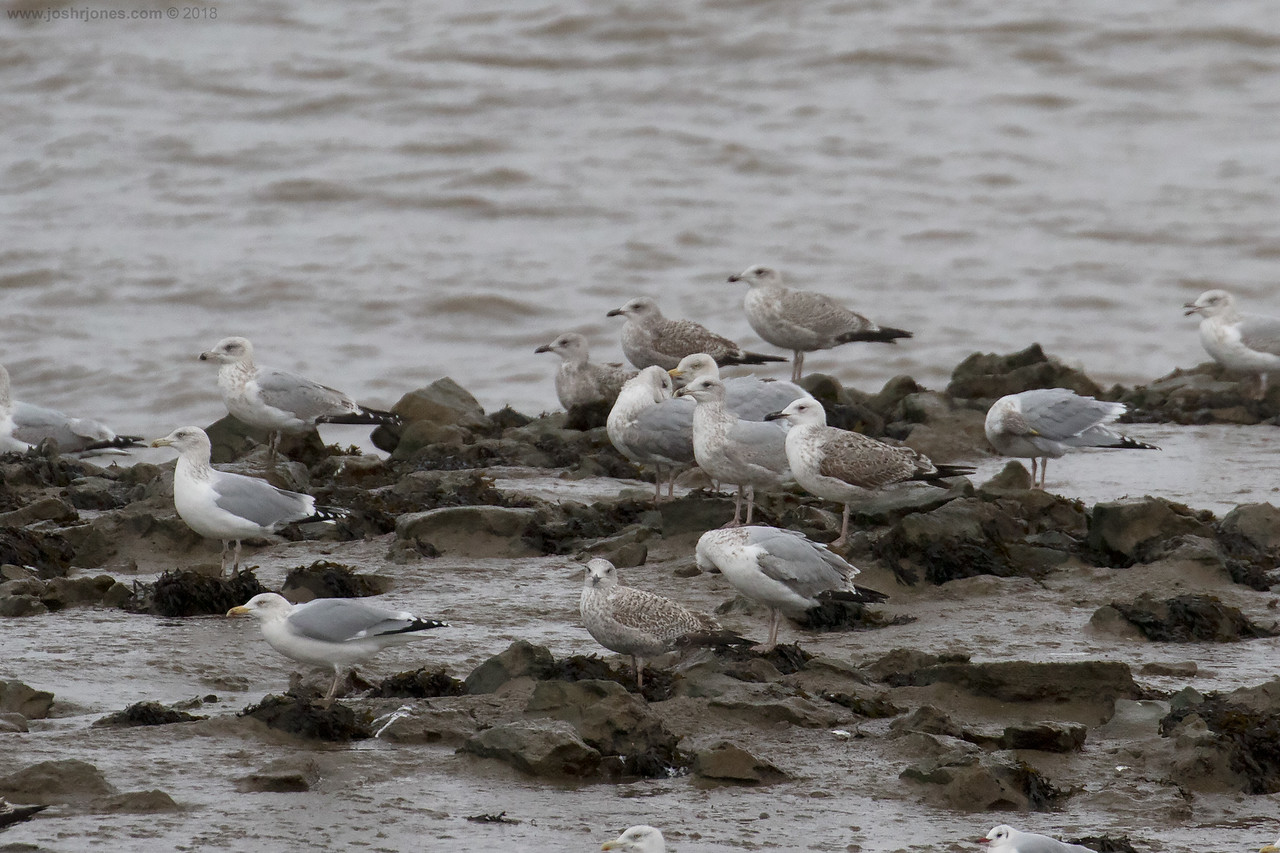
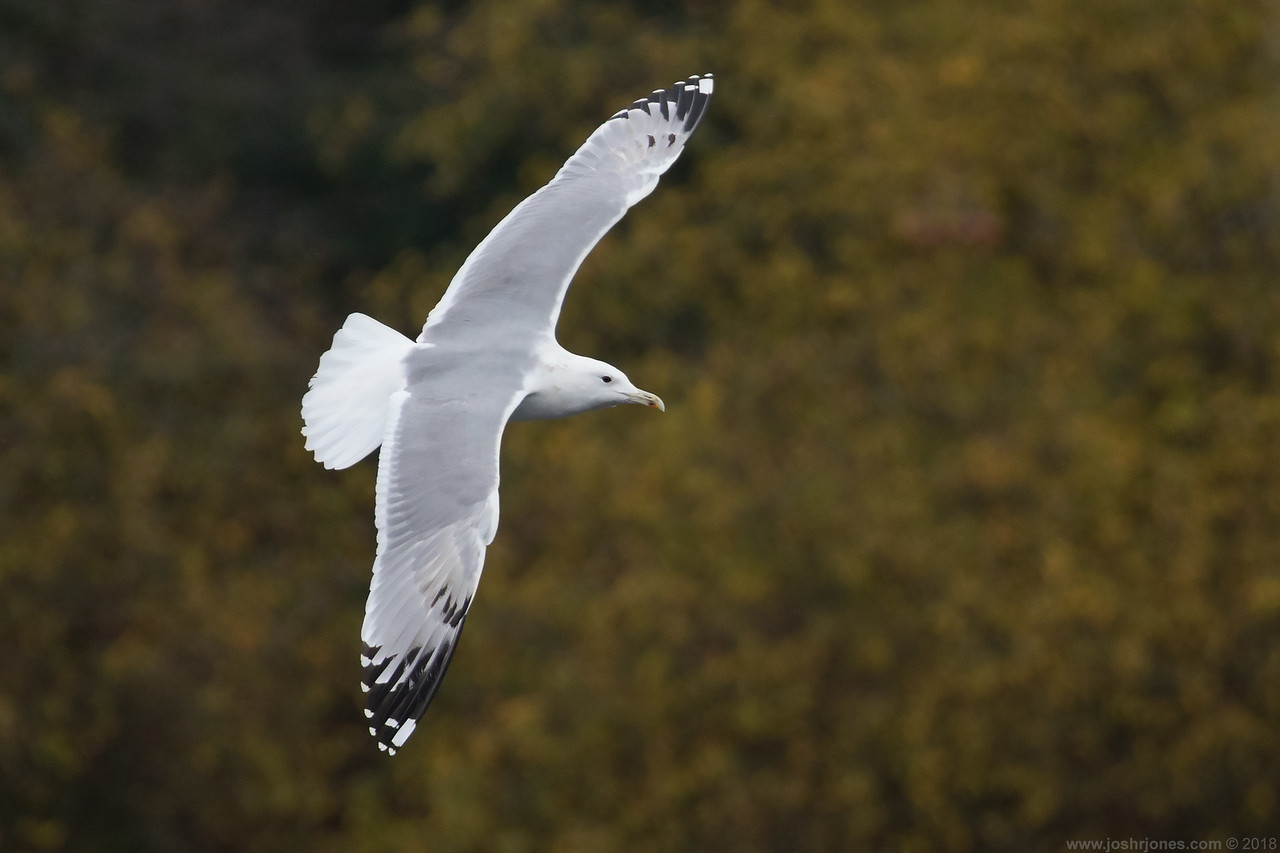
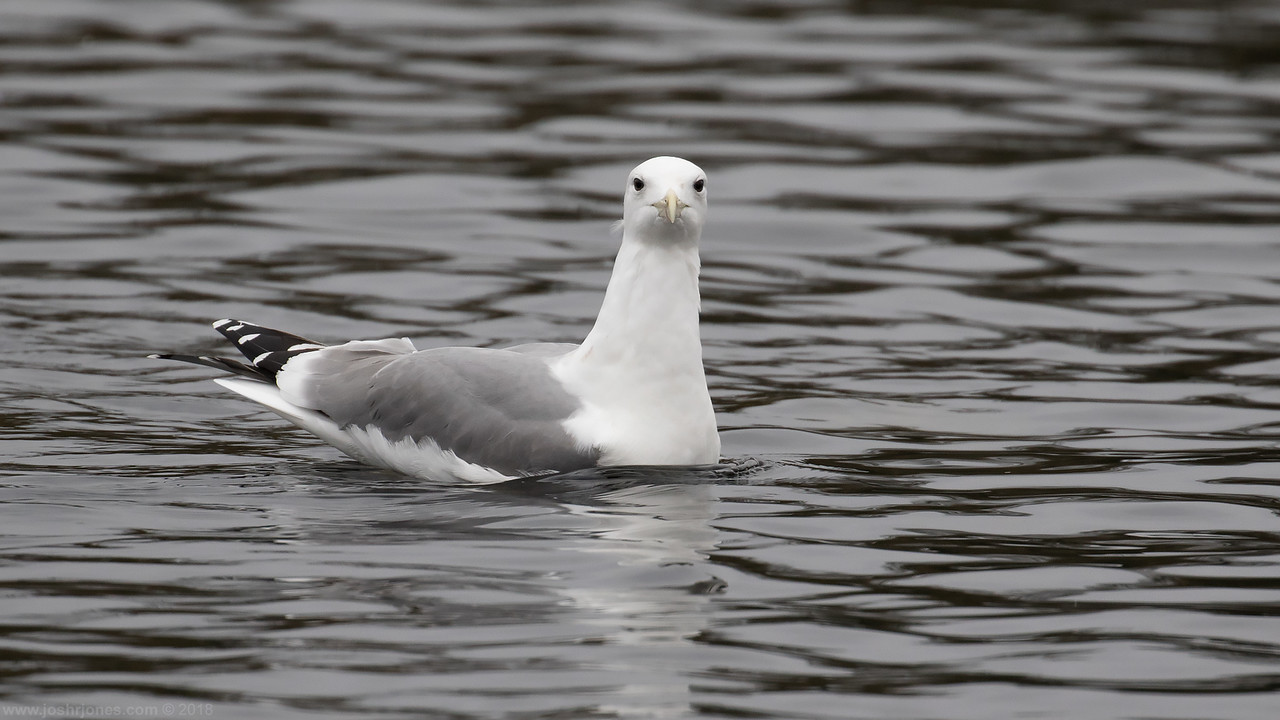
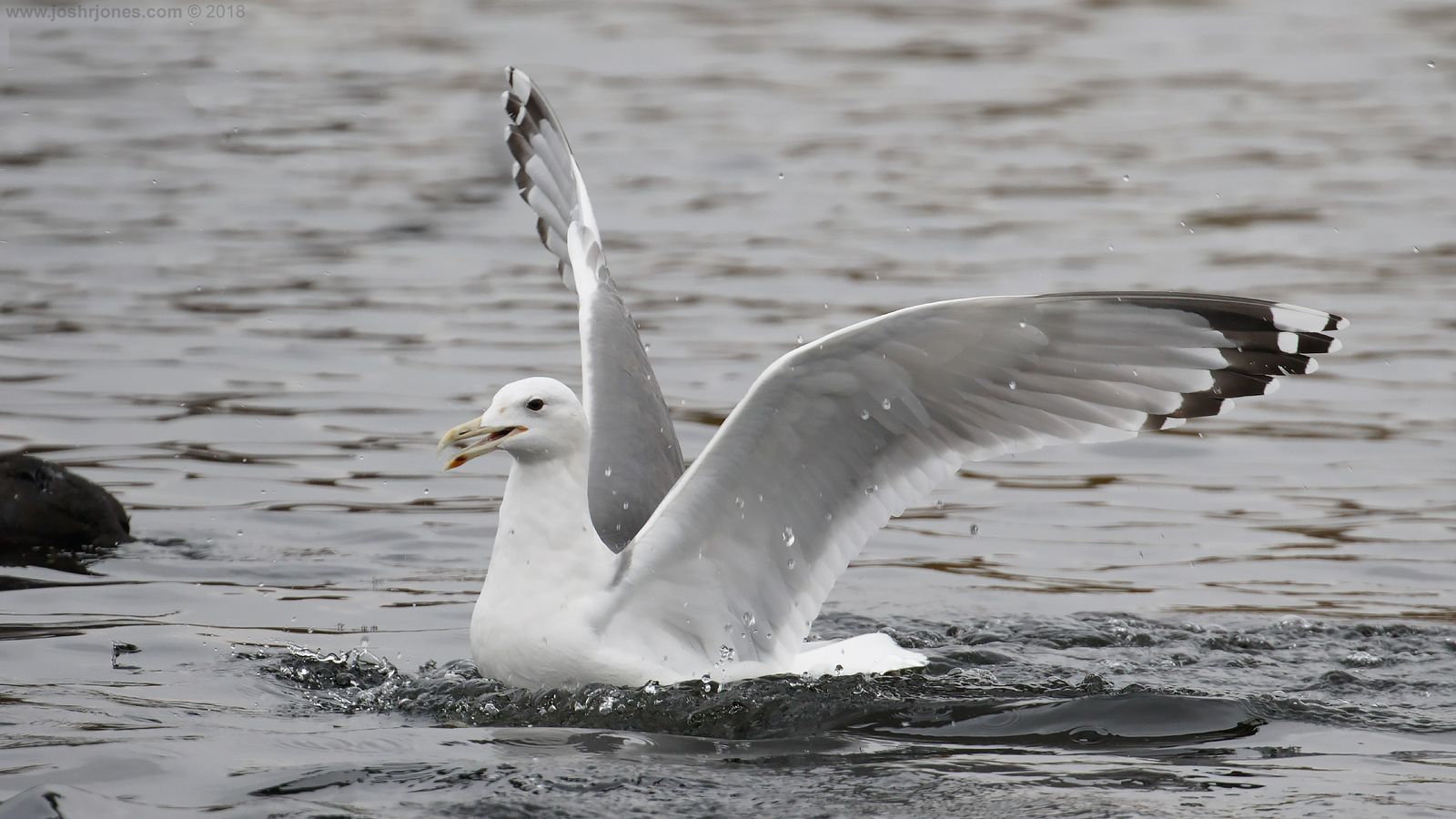
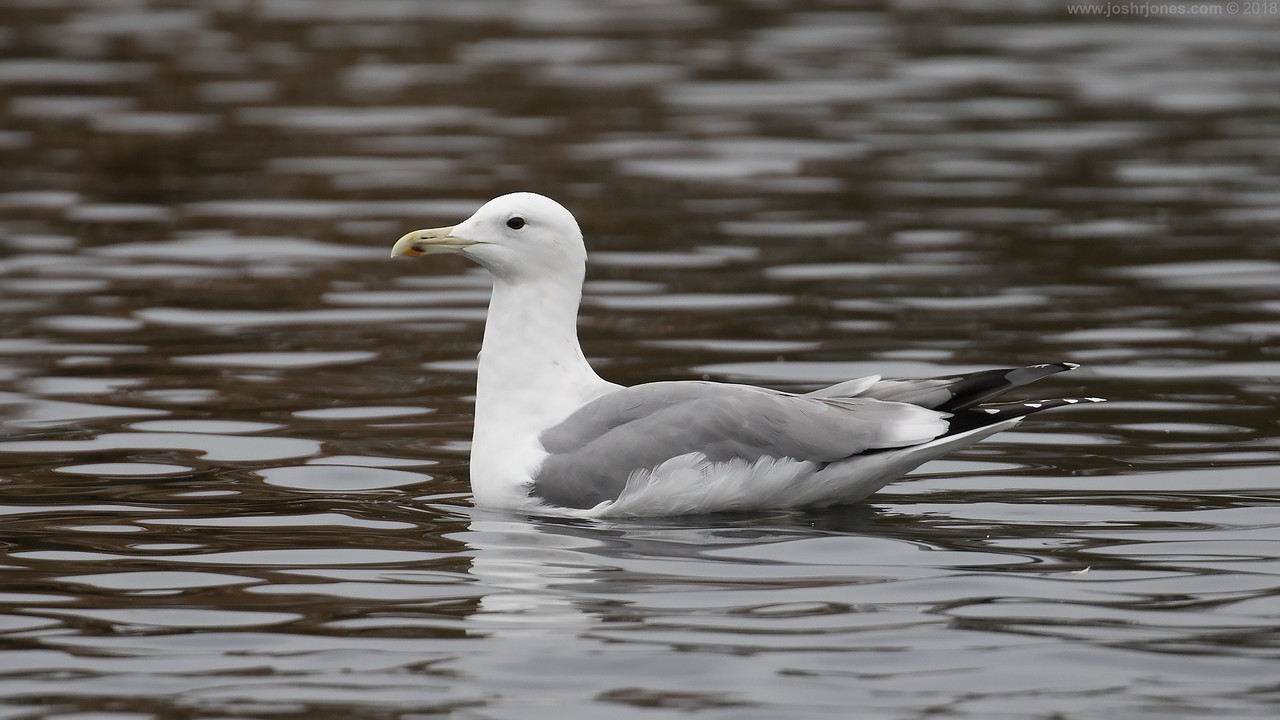
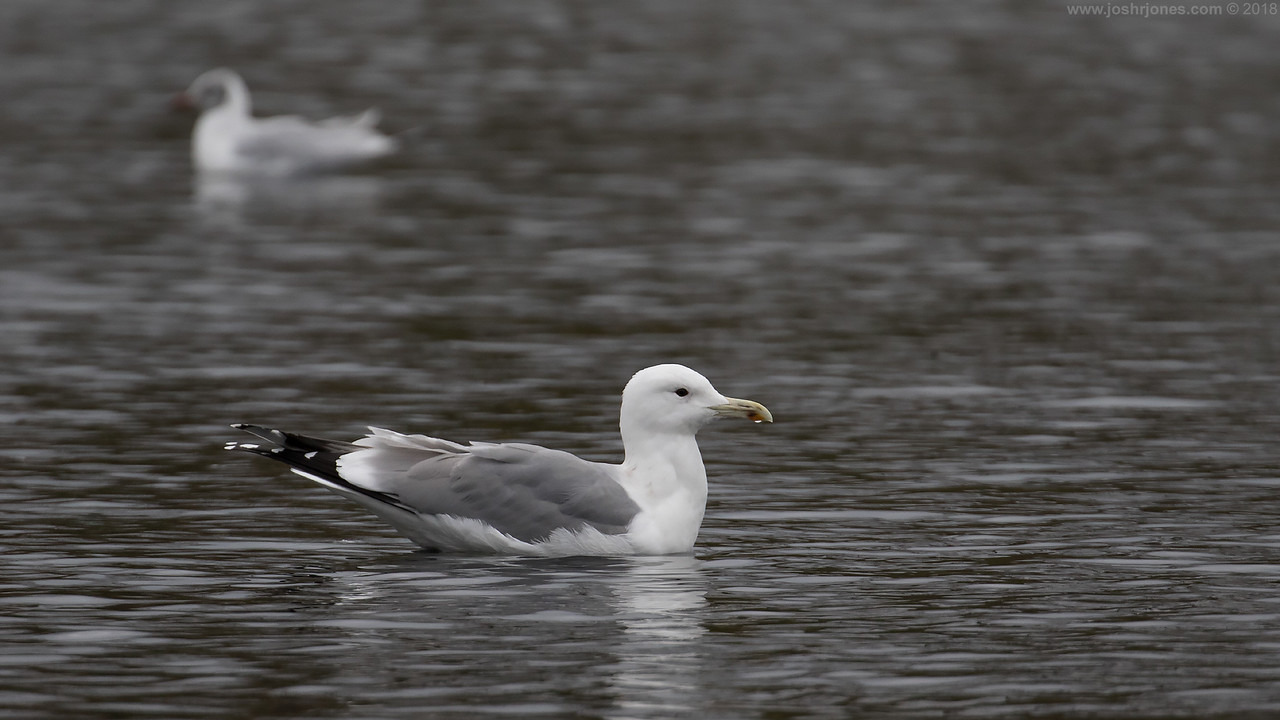
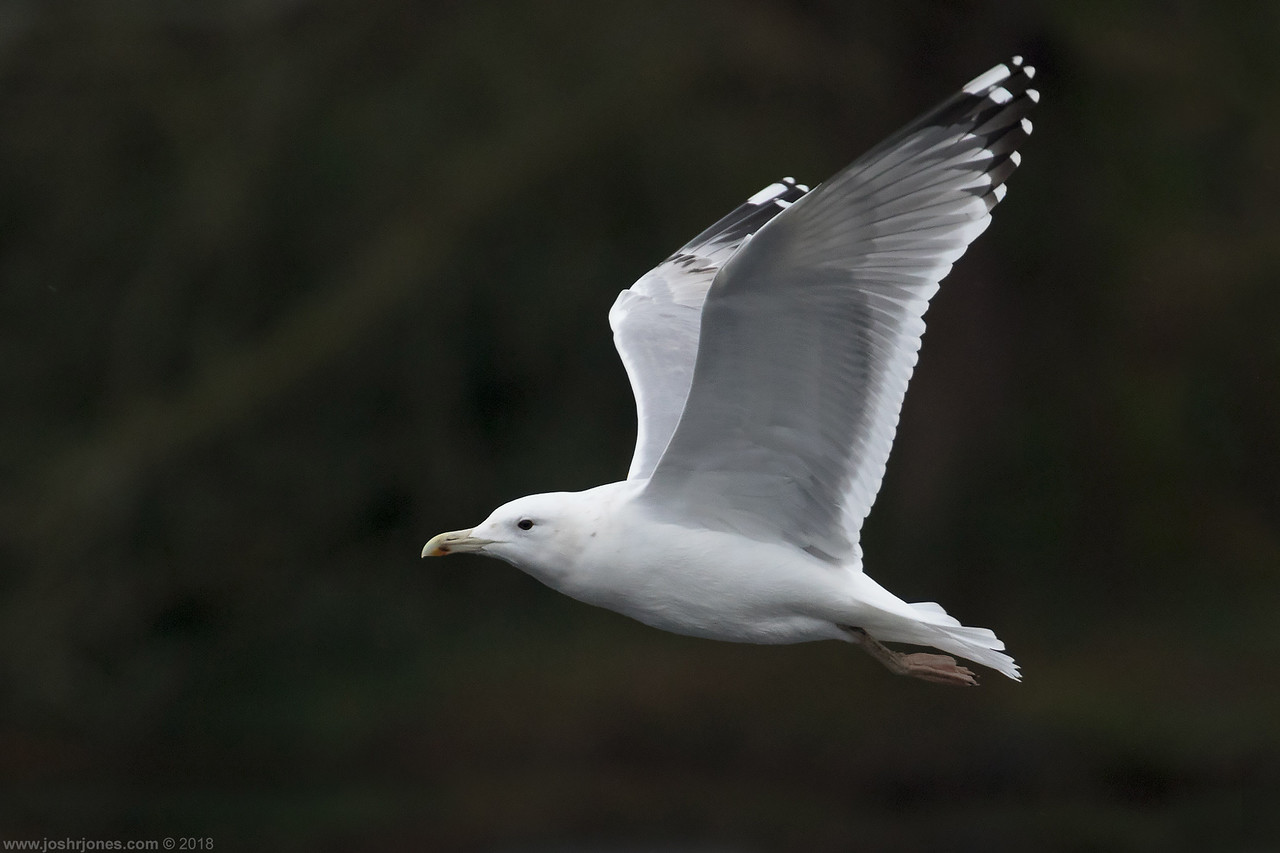
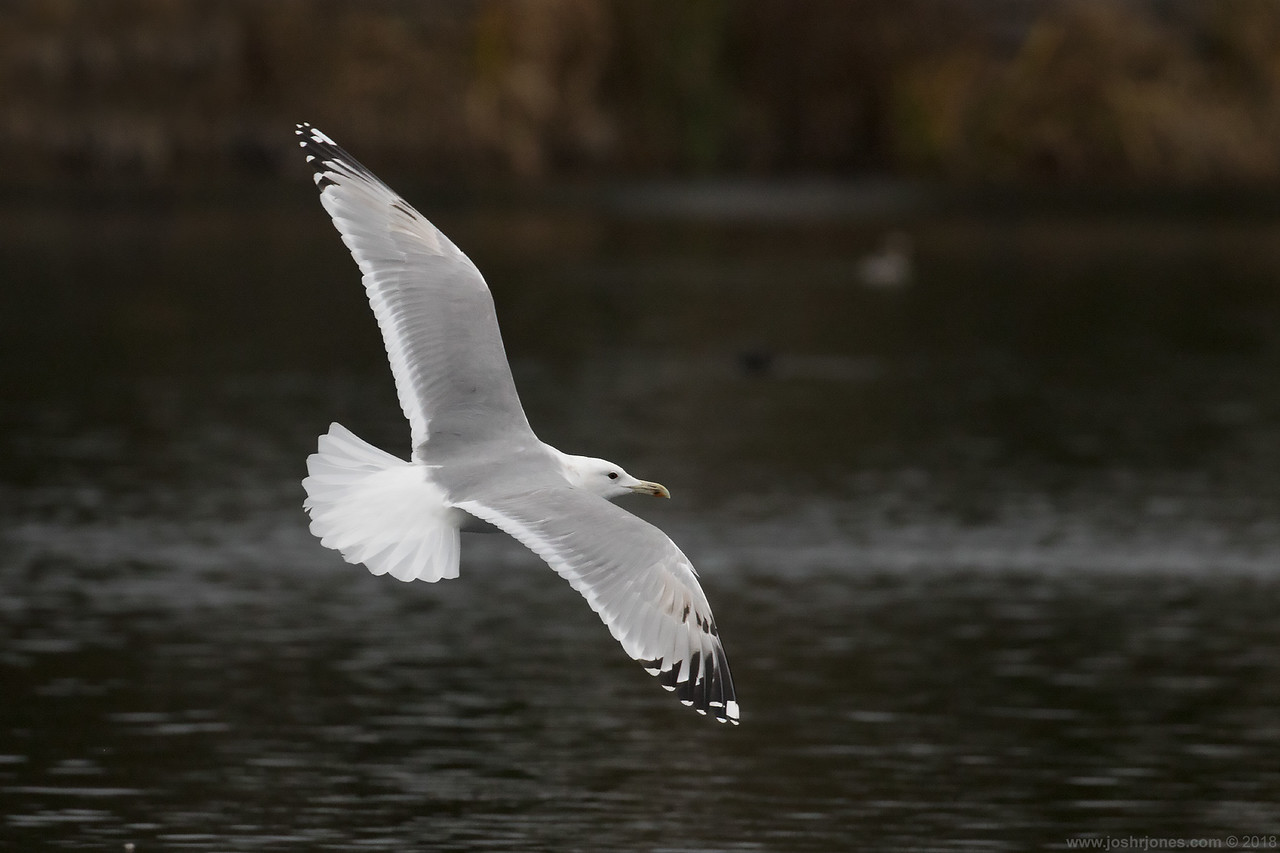
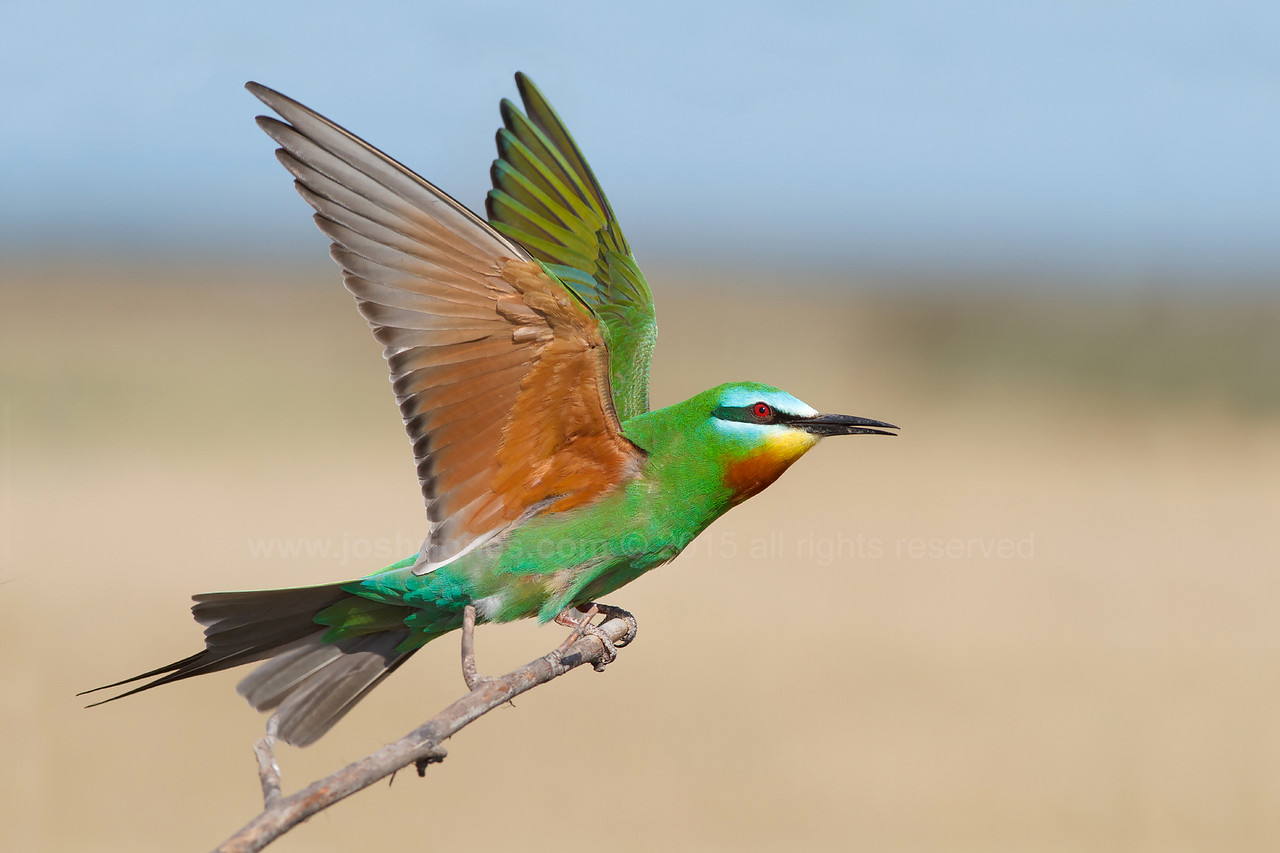
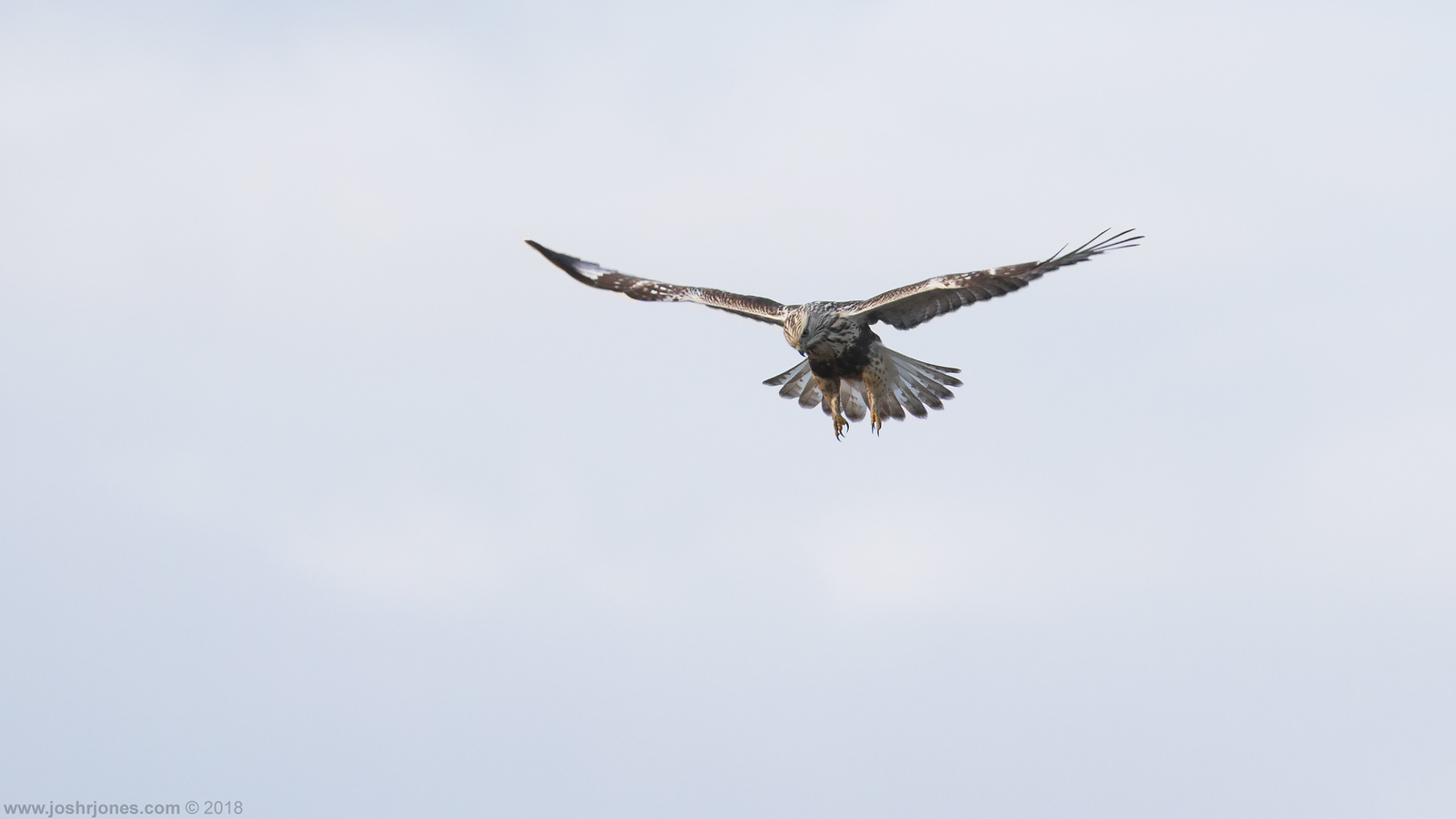
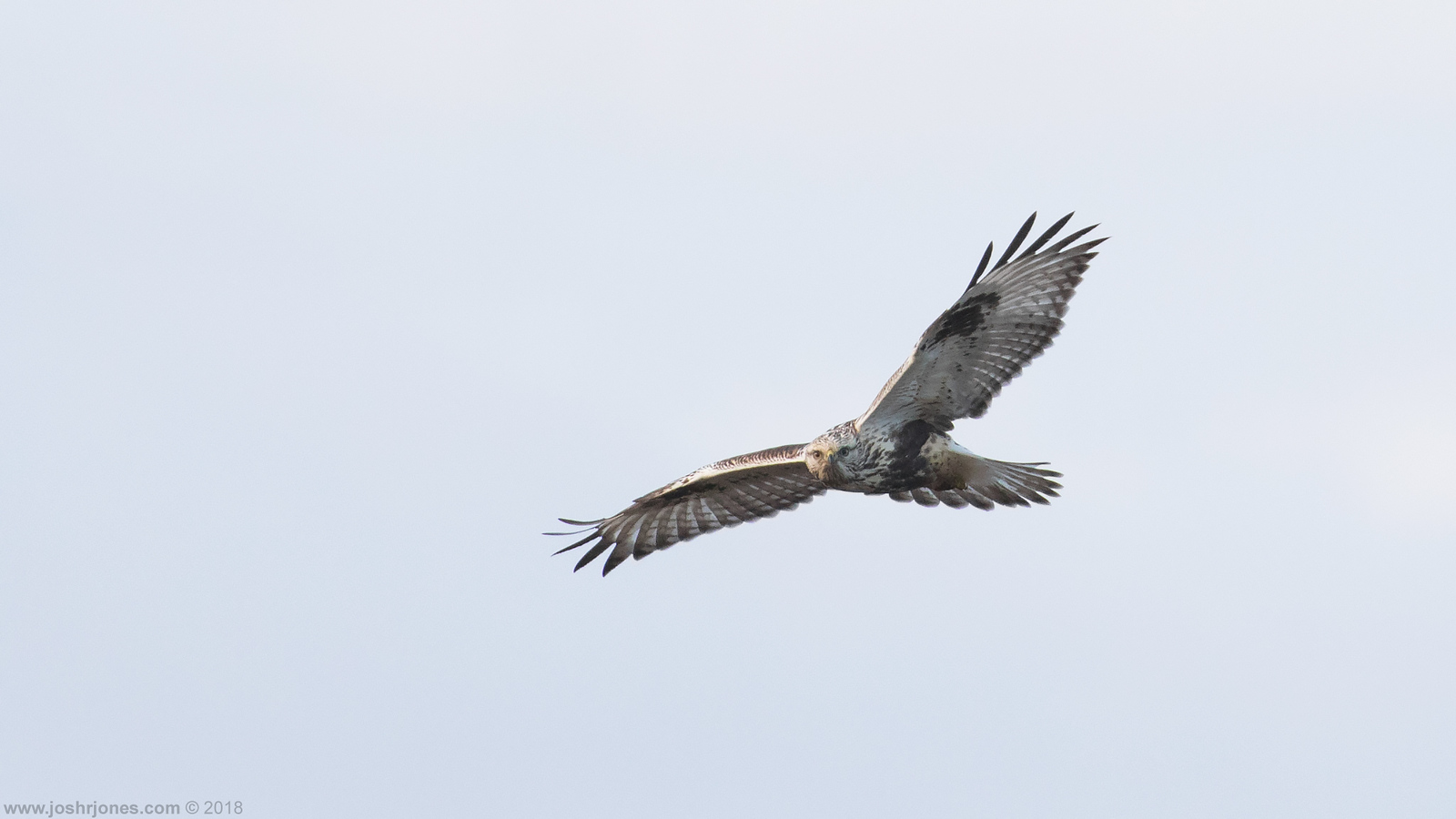
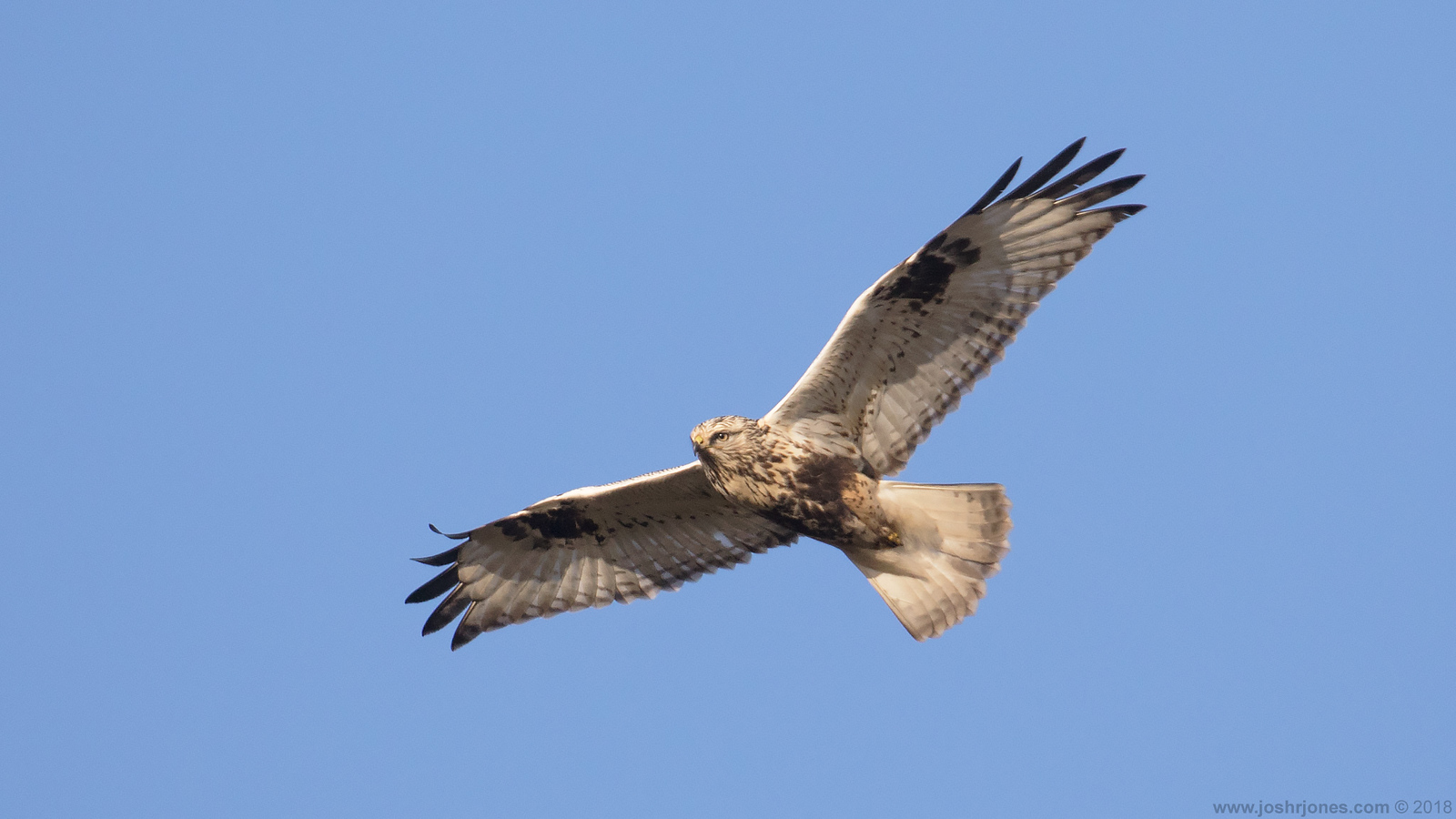
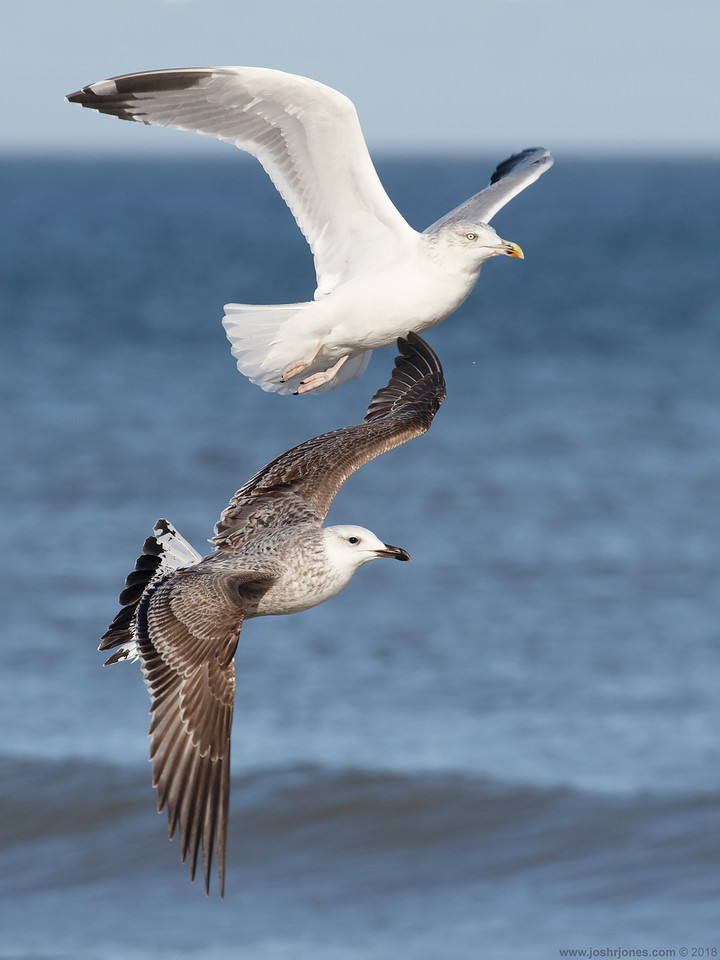
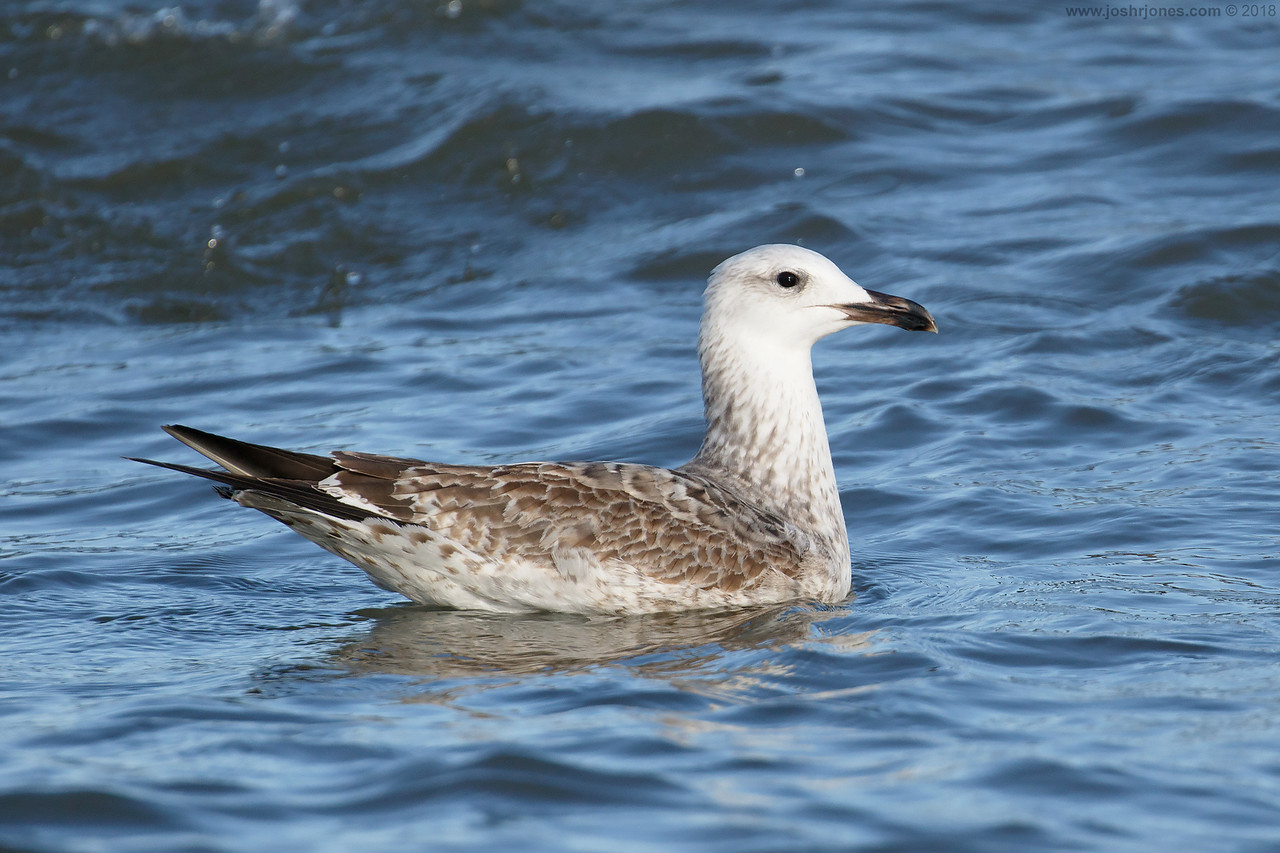
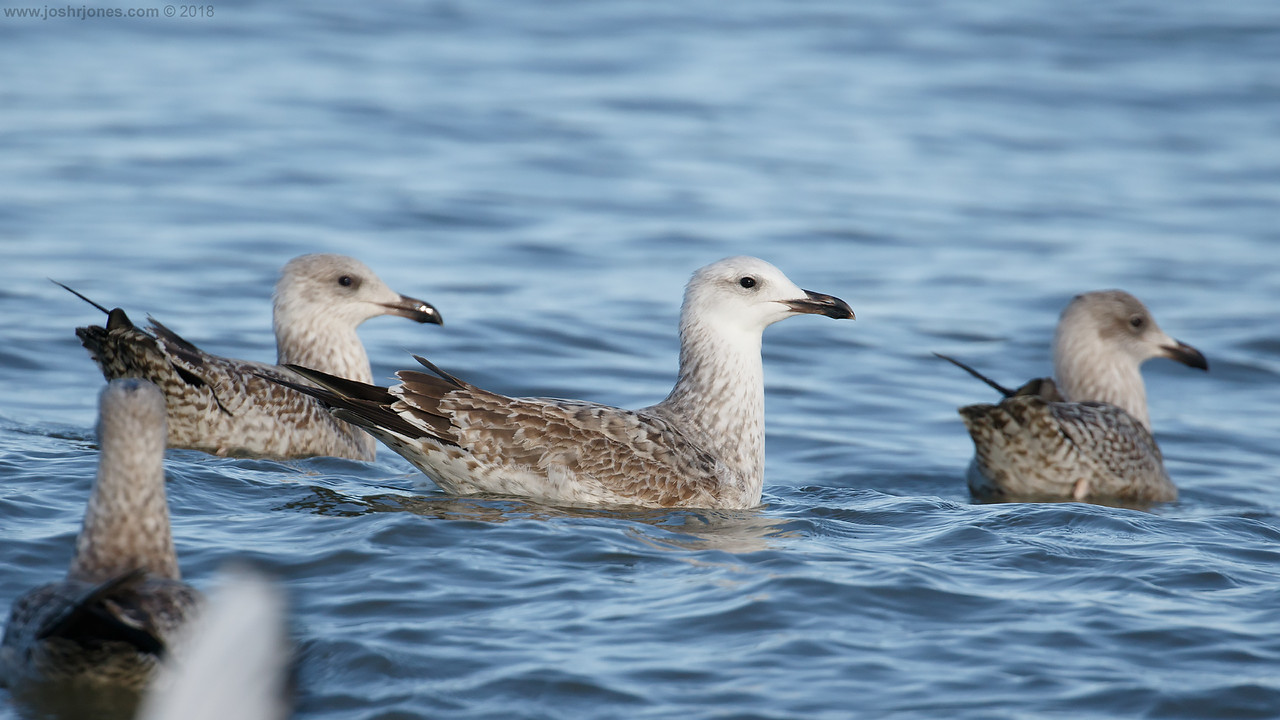
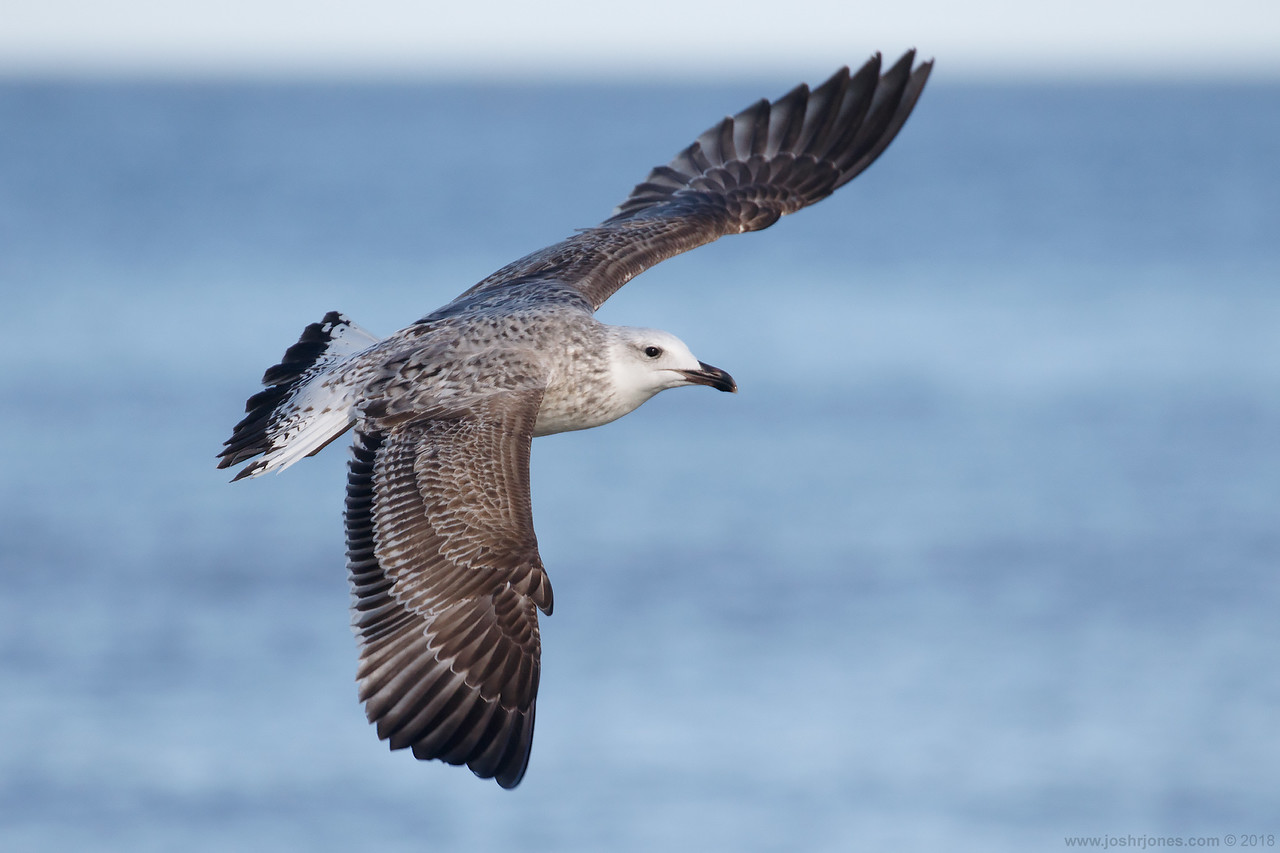
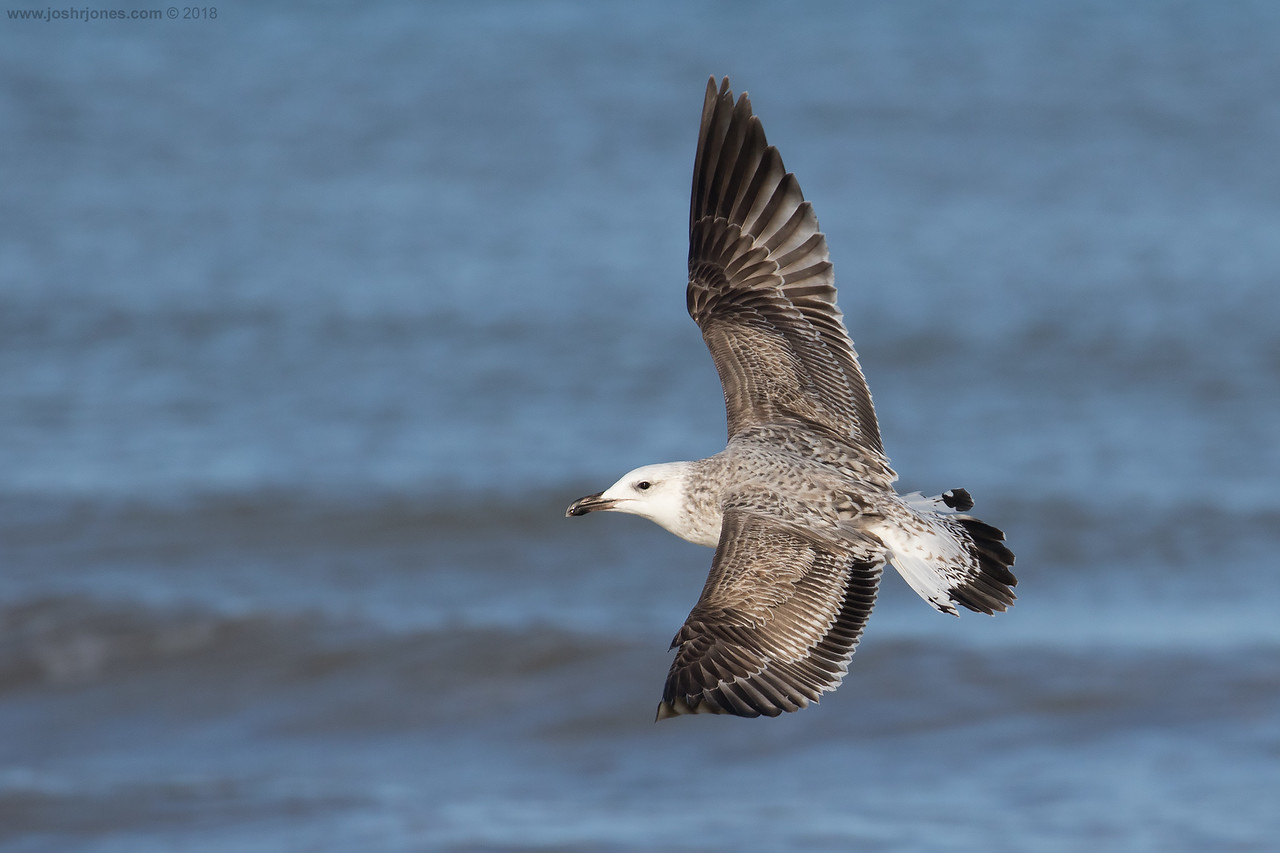
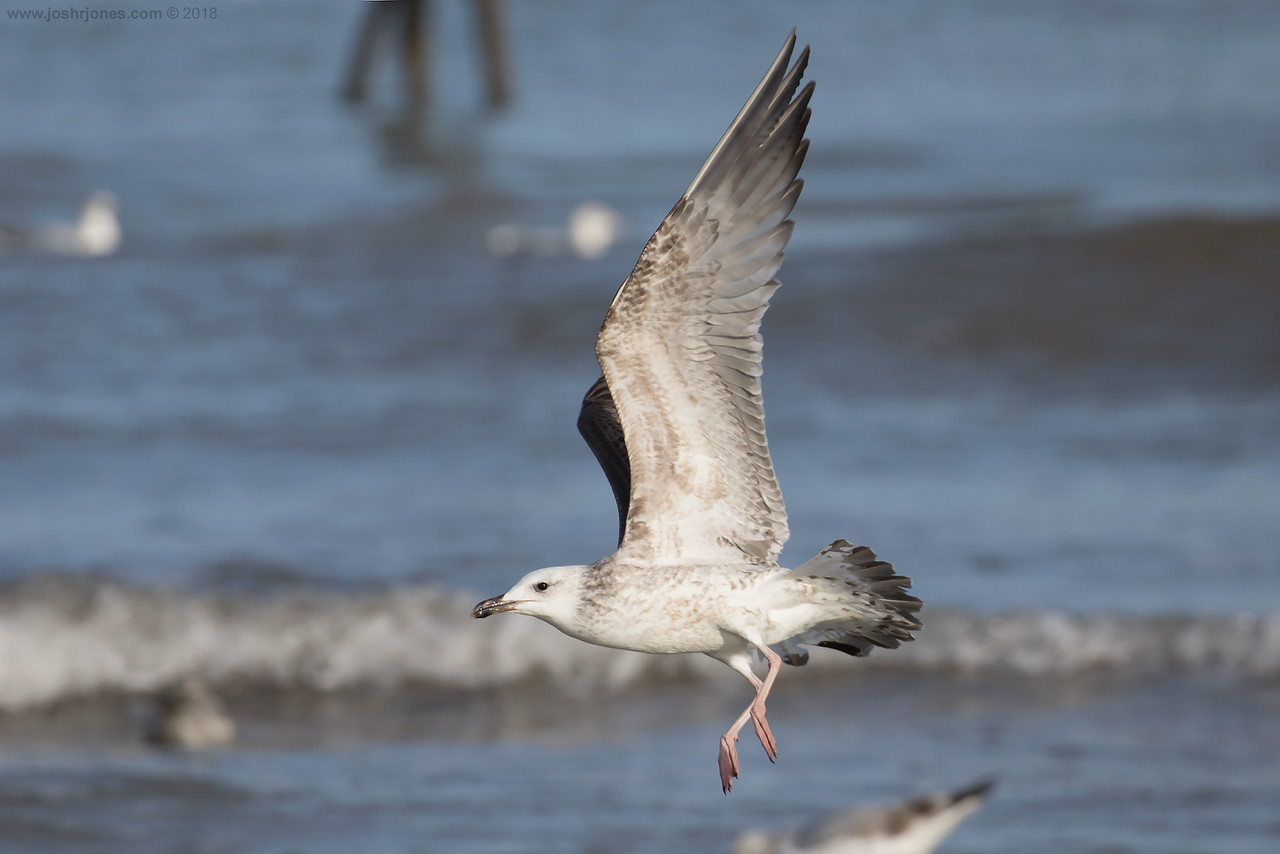
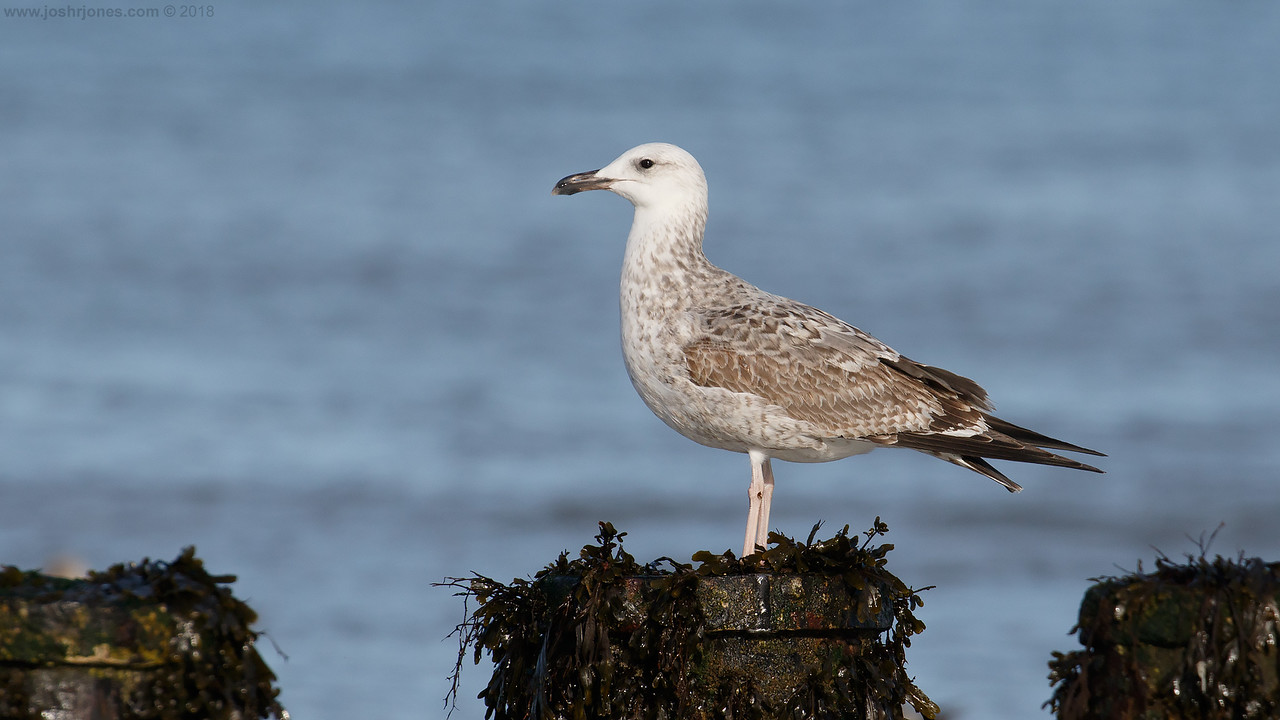
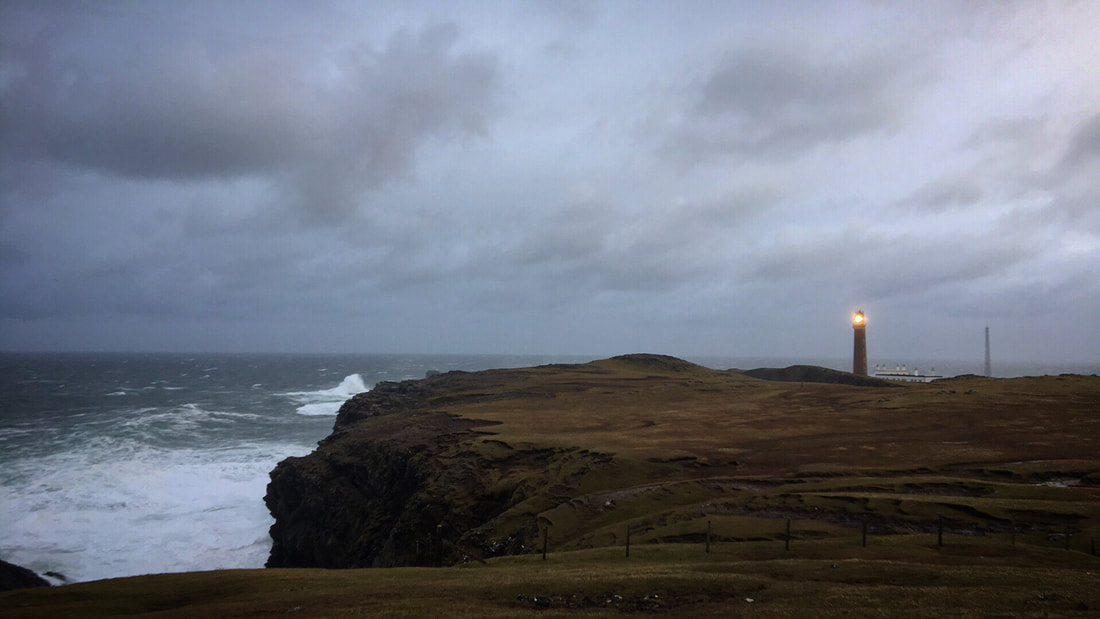

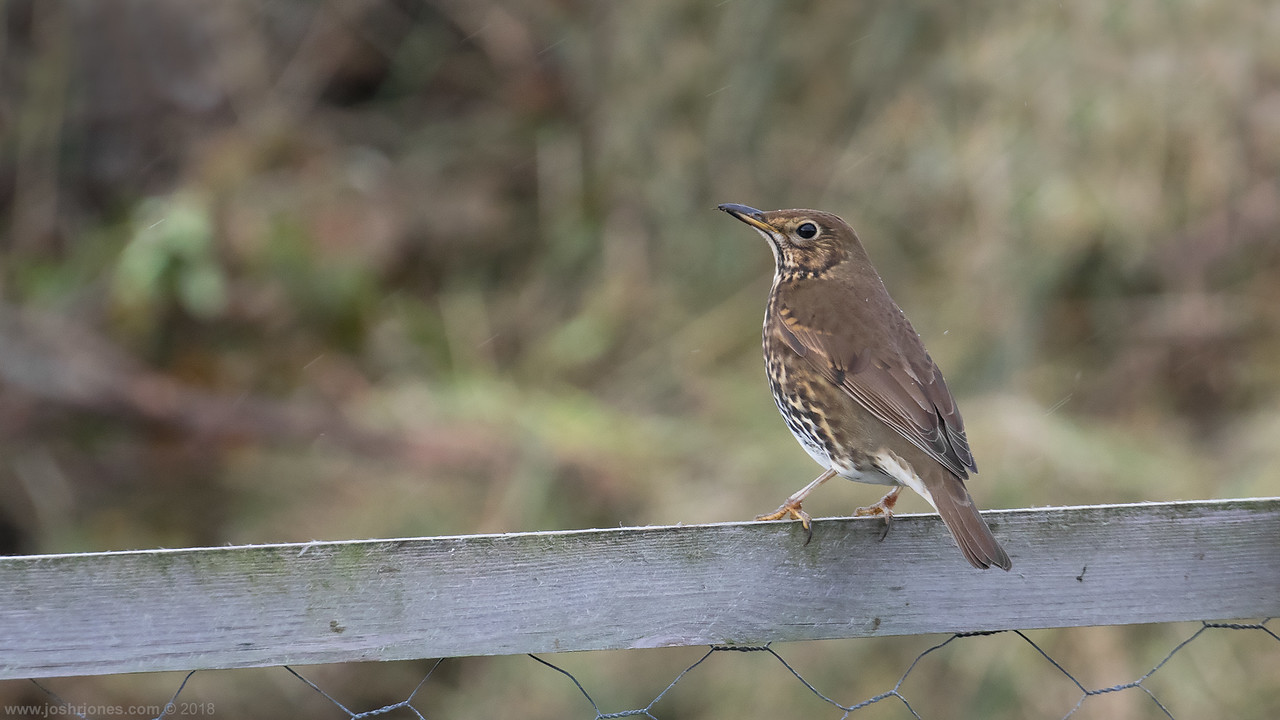
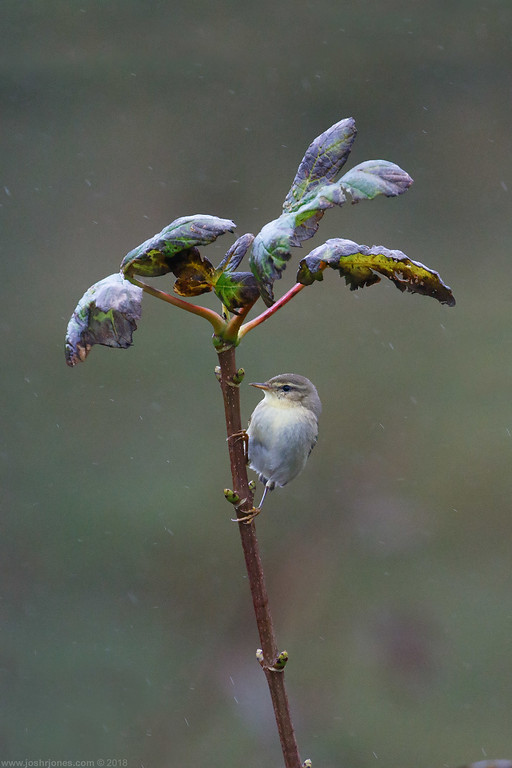
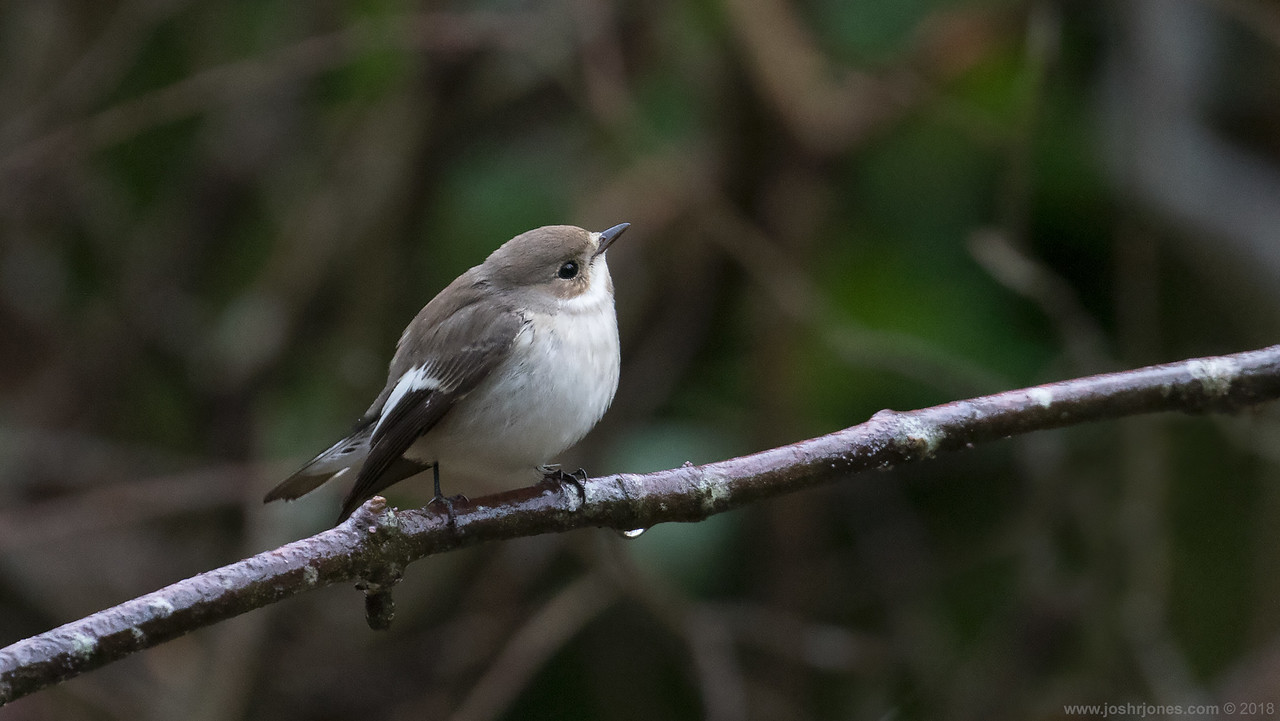
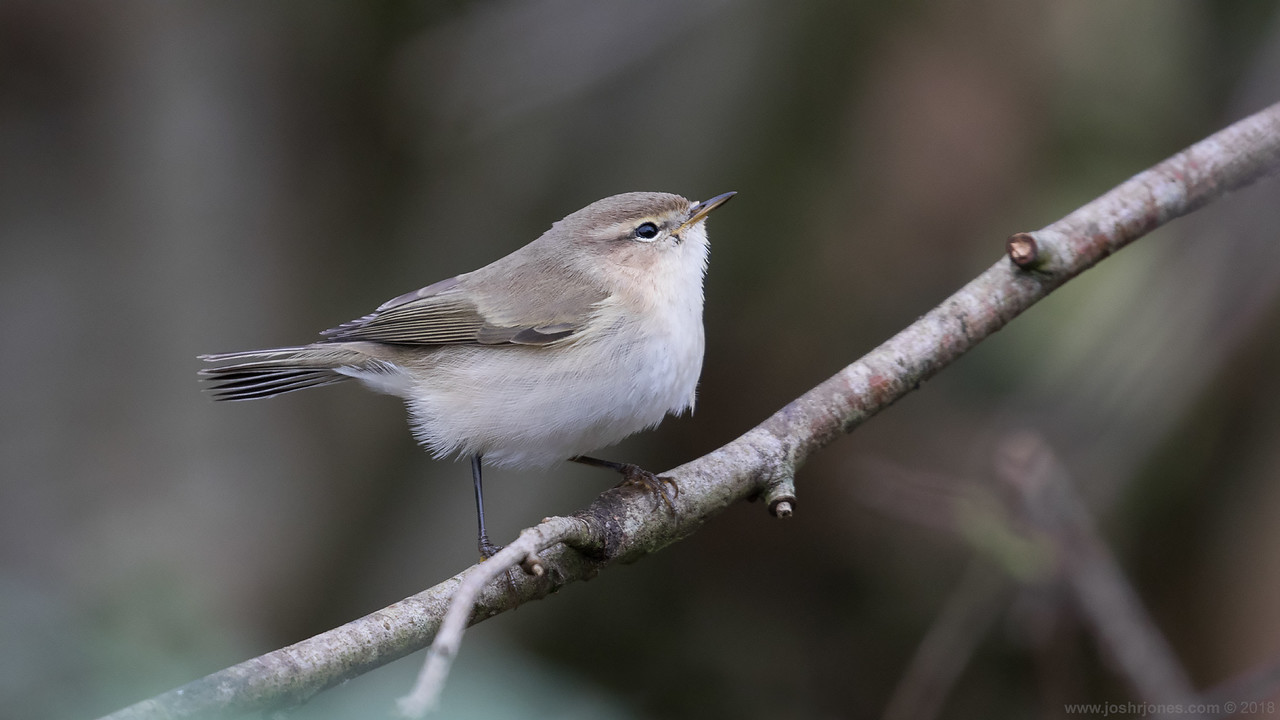
 RSS Feed
RSS Feed